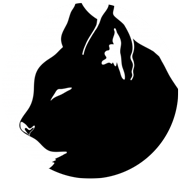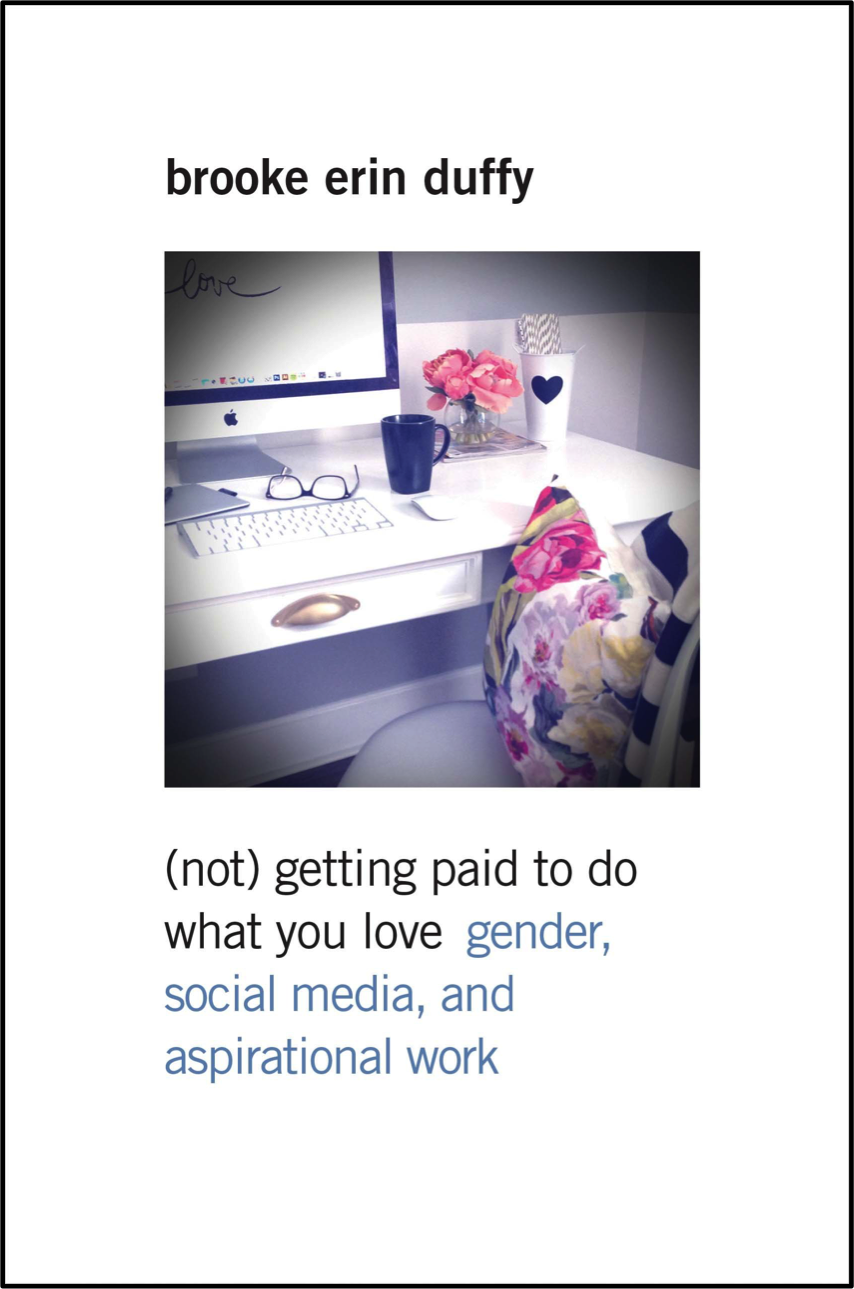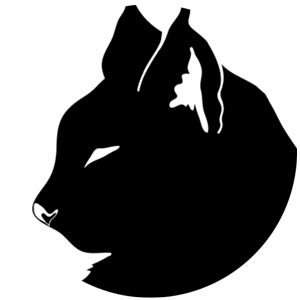Apps
Shadow Bans, Dopamine Hits, and Viral Videos, All in the Life of TikTok Creators
Published
3 years agoon
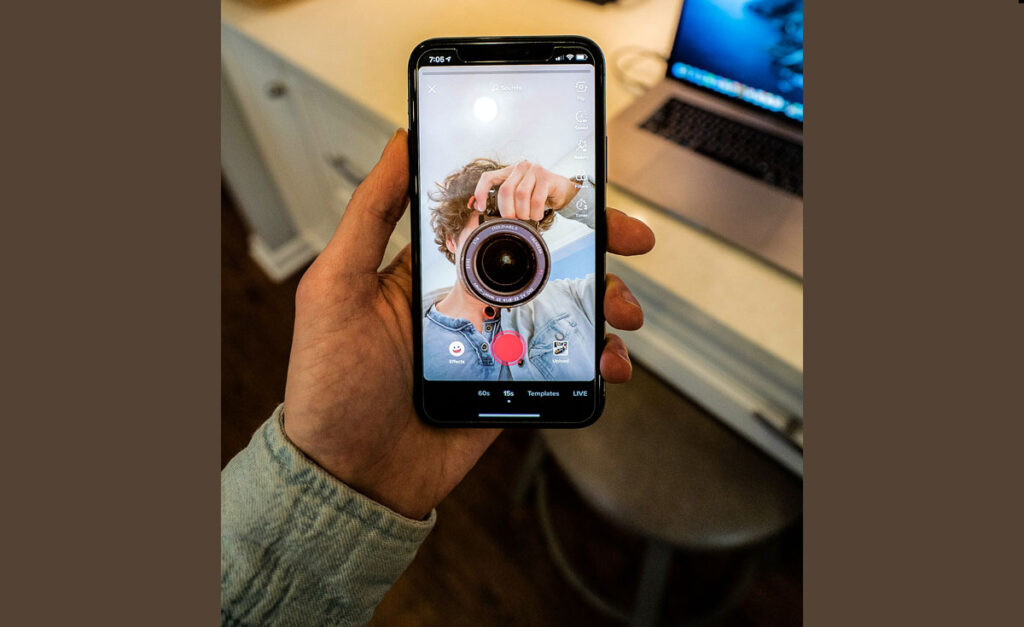
A secretive algorithm that’s constantly being tweaked can turn influencers’ accounts, and their prospects, upside down
By: Dara Kerr
It was the middle of the pandemic, and Mason McClellan had just started his first semester of college in Georgia. He was stuck at home, learning remotely, and had more time than expected on his hands. So, one night he made a few short videos loosely based on small-town news stories and posted them to TikTok.
“I made five videos in the first day, went to sleep, and then ended up with 50,000 followers out of nowhere,” McClellan said. “Then I was like, ‘I gotta make more videos now.’ ”
He kept going. Over the next three days, he made several more videos and amassed one million followers—a major milestone in the world of TikTok. Views on his videos continued to tick up throughout the fall, and several million more followers streamed in. McClellan began to make money off his account, roughly $500 a week, but then, in January, it took an unexpected turn—he started hemorrhaging followers, losing roughly 200,000 in a matter of weeks.
“Since Jan. 18, I haven’t had a day that I’ve gained followers,” McClellan said. “Before late February, even my followers weren’t seeing my videos.”

McClellan hadn’t taken time off, posted taboo content, or altered the style of his videos. On his side of things, nothing had changed. And he isn’t alone: Jan. 18 was a pivotal day for many TikTok creators who say they saw inexplicable drops in followers.
No other platform can provide the explosive virality that TikTok is known for—Charli D’Amelio became famous for casual dance routines on the app and now has her own TV show, and rapper Lil Nas X credits TikTok for the meteoric rise of his song “Old Town Road.” Who goes viral is largely dictated by a discovery-based system in which TikTok’s algorithm puts together an endless “For You” feed where viewers spend most of their time picking and choosing who to follow.
Unlike YouTube, Instagram, and Snapchat, which depend on creators building a network of followers, TikTok’s algorithm can put videos at the top of the For You scroll and turn people into overnight sensations. But similarly, if videos suddenly disappear from that feed, creators’ prospects can evaporate. Those people who’ve centered their lives around performing on the app can be left trying to figure out how to stay relevant on an impenetrable, constantly changing platform. The growing industry around TikTok resembles the promise and callousness of early Hollywood—burgeoning creativity, swift fame, and little by way of worker protections—except that instead of studios creating stars, it’s a faceless, inscrutable machine.
“What is so incredibly precarious is often the [algorithmic] tweaks that are unannounced. They can wreak havoc on a creator’s livelihood,” said Brooke Erin Duffy, associate professor of communication at Cornell University, who studies social media and digital labor. “There’s always been this unpredictability, and creators have little to no recourse.”
TikTok spokesperson Hilary McQuaide declined to comment on questions about the company’s algorithm, specifically how often it’s changed and if creators are told about such changes.

The private company, which is owned by China’s ByteDance, arrived in the U.S. in 2018 and is estimated to be valued at around $50 billion. TikTok has acknowledged the mystery around its algorithm. Last June, it wrote a blog post about how the For You page generally works, saying it shows people videos based on their stated interests, such as pets or travel, and how they engage with certain videos and accounts.
A few months earlier, TikTok announced the launch of its Transparency and Accountability Center, saying experts would be able to observe its moderation policies in real time and examine the code that drives its algorithm.
McQuaide declined to comment on questions about the center but pointed The Markup to a September blog post that says nearly two dozen experts and lawmakers virtually visited the center and were guided through various demonstrations on TikTok’s safety and security practices.
Meanwhile, creators say they still feel largely left on their own.
“The TikTok algorithm is very opaque,” McClellan said. “You have to post O.K. content, but after that it’s really just random chance that your videos are going to blow up.”
Shadow Bans, Algorithm Tweaks, and Censorship
Jan. 18—the day many TikTok creators reported a sudden drop in followers—has gained some infamy in the networks creators use to trade complaints and insights into the mysteries of the algorithm. One Reddit forum directly discusses the “myths and questions about the Jan 18 suppression” with theories about a possible unannounced tweak to the algorithm.
Speculation also points to what creators call “shadow banning,” which is the belief that TikTok silences accounts without explanation. With shadow banning, nothing changes in what creators see, but they’re invisible to most everyone else.
Rumors around shadow banning are rife on TikTok, with nearly six billion videos hashtagged with #shadowbanned and more than 300 million with #unshadowbanme. YouTube tutorials, Quora forums, and entire websites are filled with tips and tricks for people hoping to get rid of TikTok shadow bans. The “Tiktokhelp” subreddit even has a popular topic tag titled “algorithm question/shadowbanned,” which is filled with thousands of comments about supposed shadow bans and advice on how to avoid them.
Cameron Hickey, project director for algorithmic transparency at the National Conference on Citizenship, studies the spread of disinformation on TikTok and other social media platforms and believes all of these sites do some sort of algorithmic downgrading. Instagram, Twitter, and YouTube have also been accused of shadow bans.
“Are they shadow-banning? I’m sure of it,” Hickey said. “How do we prove it? We don’t know.”
One of the reasons shadow-banning myths have especially taken off on TikTok could be that the company appears to be more proactive in content moderation than other social media platforms.
“They are taking down individual content from creators, and we see creators constantly complaining about that. It says to me that they’re much more aggressive and they seem less beholden to a very strict set of criteria,” Hickey said. “Facebook’s default is to let stuff stay on the platform. TikTok seems to be the opposite.”
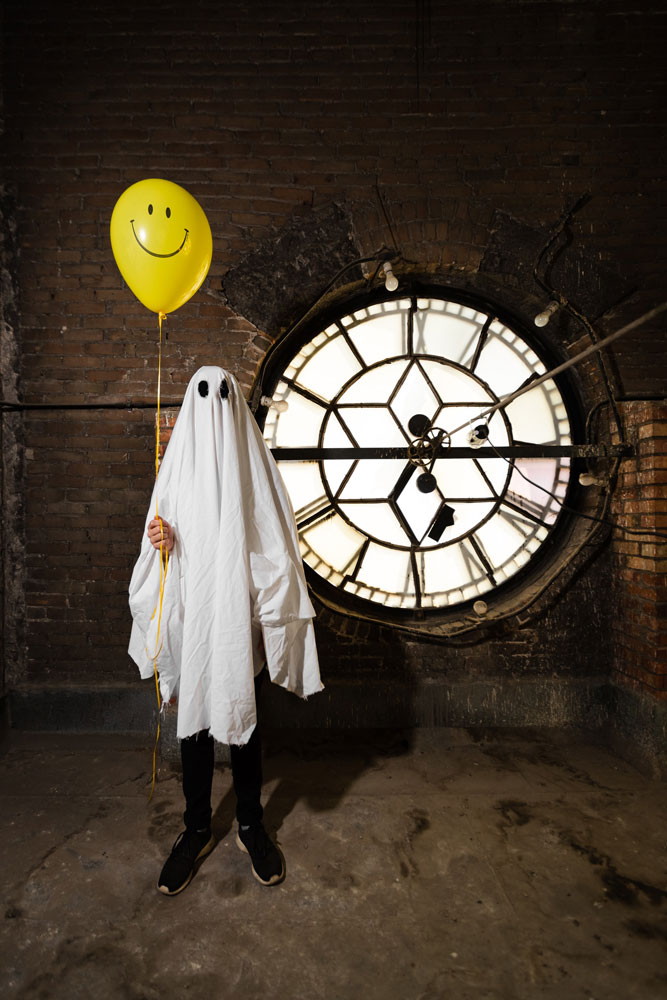
TikTok bans violent extremism, hateful behavior, adult nudity, and more. In its community guidelines, it says it enforces its rules “using a mix of technology and human moderation.” Additionally, for videos that “could be considered upsetting or depict things that may be shocking to a general audience—we may reduce discoverability, including by redirecting search results or limiting distribution in the For You feed.”
TikTok’s McQuaide declined to comment on questions about content moderation, Jan. 18, or shadow banning.
Last May, Black TikTok creators organized a protest against the company, saying their content was being shadow-banned and censored. TikTok denied those claims. Then, in late May, just after the killing of George Floyd and the hashtag #BlackLivesMatter surged across all social media, TikTok admitted to a glitch in its system and made a rare apology.
“At the height of a raw and painful time, last week a technical glitch made it temporarily appear as if posts uploaded using #BlackLivesMatter and #GeorgeFloyd would receive 0 views,” TikTok’s U.S. general manager Vanessa Pappas and director of creator community Kudzi Chikumbu wrote in a June 1 blog post. They explained the glitch was a display issue, and the posts still generated billions of views. “Nevertheless, we understand that many assumed this bug to be an intentional act.”

The incident happened just months after The Intercept got hold of internal documents from TikTok that outlined what seems to be a clear example of shadow banning. The documents instructed moderators to exclude creators with “ugly facial looks,” “abnormal body shape,” “too many wrinkles,” and other physical features from the For You feed because they could “decrease the short-term new user retention rate.” TikTok responded to The Intercept saying those guidelines were an attempt to prevent bullying and were no longer in use.
Dopamine Hits and Trying to Make It
Tinuade Oyelowo watched the conversations around Black creators feeling marginalized at the same time she was starting to get into TikTok herself. The Brooklyn-based artist’s goal was to promote her work and to come off as a body-positive Black woman and spread that vibe to others. Her first video shows her skateboarding along a river waterfront, and when she loses her balance, she flashes a thumbs up. But Oyelowo hasn’t experienced the same rapid success as McClellan.
“It felt like crawling up on my bare hands to get 500 [followers],” Oyelowo said. “To get to 500 was really really difficult. I was posting and posting videos.”
At first, she tried all the tricks to get views and followers, like a 30-day video challenge and “follow trains” in which creators promise to follow whoever follows them. She even joined a private Facebook group led by a marketer who promised to reveal the secret to success on TikTok. “And then things just naturally started to pick up without me doing anything,” Oyelowo said.
She said seeing those pings roll in on her videos gave her the dopamine hits that social media is known for. “It is definitely addictive,” Oyelowo said. “I would argue it’s not even the likes that are the addiction, it’s the validation and the feeling of being seen.”
Duffy, the associate professor at Cornell, said this idea of being seen is hardwired into the way TikTok works. “For content creators, their livelihoods depend upon their ability to get visibility,” Duffy said. “With this entire system, it extracts labor. And more specifically, it extracts labor to direct attention to the platform.”
Christian Barnes, of St. Louis, has steadily grown his TikTok audience since last summer and now has 1.5 million followers. Many of his videos involve comical skits in which a quiet school kid surprises his teacher and classmates with unexpected dance moves or musical skills. He posts about four times a week, and each video takes roughly three hours to create and upload. He shoots and edits the videos at night once he comes home from his day job waiting tables. It can be exhausting, he said. So, a couple of months ago he decided to take a three-day break.
“You definitely get tired sometimes and lose motivation,” Barnes said. “That’s why I decided to take a break that one time. I was like, ‘This is too much for me.’ ”
When he started uploading videos again, he noticed they were getting fewer views than normal. Trying everything he could think of, such as interacting with his followers and posting consistently, he got his audience back. But it took weeks. To this day, Barnes has no idea what happened.
“There are a lot of times I go out of town and I’m scared I’ll lose views if I’m not uploading videos all the time,” he said.
Despite that, Barnes said he enjoys making videos and hopes to one day parlay his work on TikTok into a full-time job. On a good week, he’ll make a couple hundred dollars from TikTok’s creator fund, which the company set up last July as a way for popular creators to earn money from video views. He’s also sponsored by a water bottle company and color contact lens maker and uses their products as props in his videos.
Chasing the Pot of Gold
Barnes doesn’t yet have an agent, but over the past year, it’s become common for Hollywood talent agencies to sign TikTok stars. They promote creators and act as middlemen in making deals with brands. D’Amelio, for example, is repped by United Talent Agency, which has managed actors like Johnny Depp and Angelina Jolie. A3 Artists Agency’s roster lists around 200 digital creators, including Avani Gregg, who has 33 million followers and Larray, who has 23 million. With such massive audiences, TikTok creators can be good at bringing in money.
“As an agency, we get paid when they get paid,” said Keith Bielory, an A3 partner in alternative programming, digital media, licensing, and branding. “This could be a lucrative industry for years and years to come.”
A3 helps influencers in every area except growing their TikTok fanbase. In the instances when the algorithm seems to be causing a drop in followers, Bielory said, he’ll reach out to his TikTok contacts for insight into what’s happening. Ultimately, however, it’s up to the influencers to keep up engagement.
“A lot of people can go viral, but can they back that up?” Bielory said. “The folks that we work with create content for a living. It’s a lot of pressure to keep that going.”
Tha Lights Global, a smaller talent agency that focuses on hip-hop artists, has represented influencers for years. One of the first dance memes to go viral on social media was from two Detroit rappers the agency represented, Zay Hilfigerrr and Zayion McCal, who came out with “Juju on That Beat” in 2016. Jordan Tugrul, co-owner of Tha Lights Global, said influencers he works with can spend hours a day creating TikTok videos. One of the agency’s goals is get them to think beyond the social media platform.
“They’re going against thousands of other people their age who want to be in the spotlight as well,” Tugrul said. “TikTok might not be around forever, and you cannot rely on that.”
In February, the Screen Actors Guild-American Federation of Television and Radio Artists—Hollywood’s biggest union—announced that influencers who were working with brands would be eligible to join via an “influencer agreement.” This means those members can qualify for benefits, like health insurance, and union protection in disputes that arise.
“The influencer space is still often referred to as the ‘wild wild west’, and it’s a place where creators can be taken advantage of,” Gabrielle Carteris, the union’s president, wrote in an email to The Markup. “This agreement is there to help empower and give self-determination to influencers, who are oftentimes trying to navigate their professional careers without much guidance—they’re true pioneers in this space.”
For now, SAG-AFTRA is focused on helping creators negotiate with brands and doesn’t yet assist in dealings with TikTok or other social media platforms. But, Carteris said, “This agreement is just a first step; we’re always exploring what is needed in this community.”
Despite their ups and downs on TikTok, McClellan and Barnes still regularly make videos and don’t plan to stop anytime soon. For Oyelowo, the novelty has worn off.

She has more than 1,000 followers and still likes making videos for fun but posts just once a week, at best. Spending hours trying to tap into what’s trending and scouring her Facebook group for advice is tiring, she said, especially given the whims of TikTok’s algorithm.
“You invest time in it because it’s this odd mystery puzzle,” Oyelowo said. “With algorithms, in theory, there is a potential solution, there is a way to figure it out—everybody is chasing that pot of gold in some way. But it’s a moving target.”
This article was originally published on The Markup and was republished under the Creative Commons Attribution-NonCommercial-NoDerivatives license.
Find books on Music, Movies & Entertainment and many other topics at our sister site: Cherrybooks on Bookshop.org

Enjoy Lynxotic at Apple News on your iPhone, iPad or Mac.
Lynxotic may receive a small commission based on any purchases made by following links from this page
